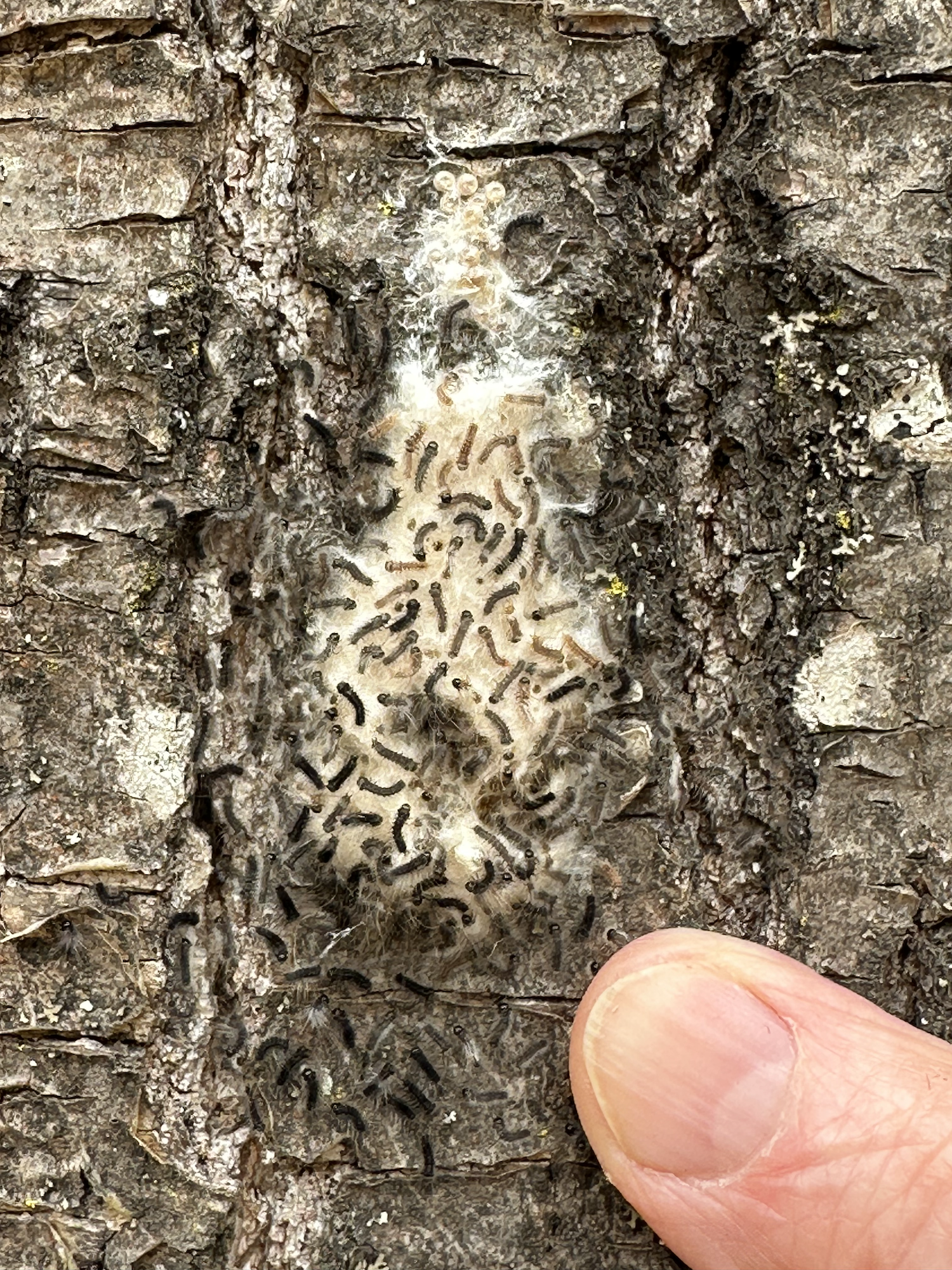A New Approach to Halting Island Invasives
/By Victoria Erhart, 2019
The MIWP has been wrestling with woody invasive species for a long time now. Eradicating common buckthorn (Rhamnus cathartica), Japanese barberry (Berberis thunbergii) and the non-native honeysuckles (Lonicera spp.) has been near the top of our to-do list for a lot of years, but only recently have we begun to acknowledge that it may be close to impossible. In heavily affected areas, getting rid of these invasives is labor-intensive, expensive, and pretty much temporary, at least until some kind of biological control is found. In spite of our best efforts, and there have been many of them, we still see a lot of these plants on the ground.
Recognizing this reality, over the last couple of years the MIWP has gently moved our goal away from eradication and towards containment. Conceptually, this is a huge change. We are able to consider containment because on Madeline, unlike most other places, invasives are concentrated in the southwest corner of the island where the gardens and the humans are. The rest of the island, with a few small exceptions, is still buckthorn/barberry/honeysuckle-free, for now. This will change, we know, because over time we have seen invasive plants moving north and east.
The key to stopping something from spreading outwards, be it barberry or a paint spill, is to know where the margins are and to contain the spread from the outside in. Believing that, we needed to figure out as precisely as possible the infestation’s outer boundaries. In the fall of 2017, we tried partnering with remote-sensing specialists at the University of Minnesota to do a series of experimental drone fly-overs, funded by an anonymous donor, taking advantage of the different times of leaf-drop in the fall. While conceptually brilliant, in the end, drone technology was not discriminating enough to answer what we needed to know and we had to abandon the project, or, for the optimists among us, defer it until the technology improves.
Back to basics, and enter Nile Merton, a Northland College graduate and the founder of Bay Area Restoration Services. After the drone failure, Nile stepped in and did what we had hoped the drones were going to do, gather data, but he did it by himself and on foot.
Buckthorn infestation on Madeline Island (1 = lowest, red = highest)
During the summer of 2018, Nile divided the part of the island west of Black Shanty Road into 6 districts, and mapped each district in detail with type and density (graded 1-5) of invasives. Unsurprisingly, the largest number of invasives is found in areas around the town; invasive spread most often follows the roads, with isolated pockets in areas of forest blow-downs. If you are interested, ask to see his maps (one shown here), they are fascinating and informative.
Which brings us, now fully informed, to 2019. Having a much more detailed picture of where and how dense the problem areas are, Nile envisions 6 treatment zones, distinct from the districts above. Each treatment zone will be visited three times: treatment (varies depending on the age and type of plant) in year one, retreatment in year three, and reevaluation in year five.
Nile will not be treating all zones at the same time. For example, in 2019 he will be treating only zone 1, the most peripheral of the zones (prioritizing this zone makes sense given our focus on controlling the margins).
In 2020 he will be treating only zone 2, just to the west of zone 1. In 2021, he will treat zone 3 and re-treat zone 1, etc. This schedule has endless flexibility, and I can imagine it changing with our priorities, dollars and successes.
There are a few things I would like to point out about the plan. First of all, and distinct from what we have done in the past, Nile hopes to be working on both private land and land owned by the MIWP or the town. This is going to require education and permission of landowners. If you know of anyone who is being asked to consider treatment on land they own, feel free to have them contact a MIWP board member. Second, I am struck by the observation about invasives in areas of blow-down. This suggests that we should be extremely cautious about opening gaps in the canopy. And third, following this plan does not preclude doing other work on invasives. Getting rid of mother (fruit-bearing) buckthorn trees is always a priority. There is talk about organizing a group cutting day. Stay tuned.



























